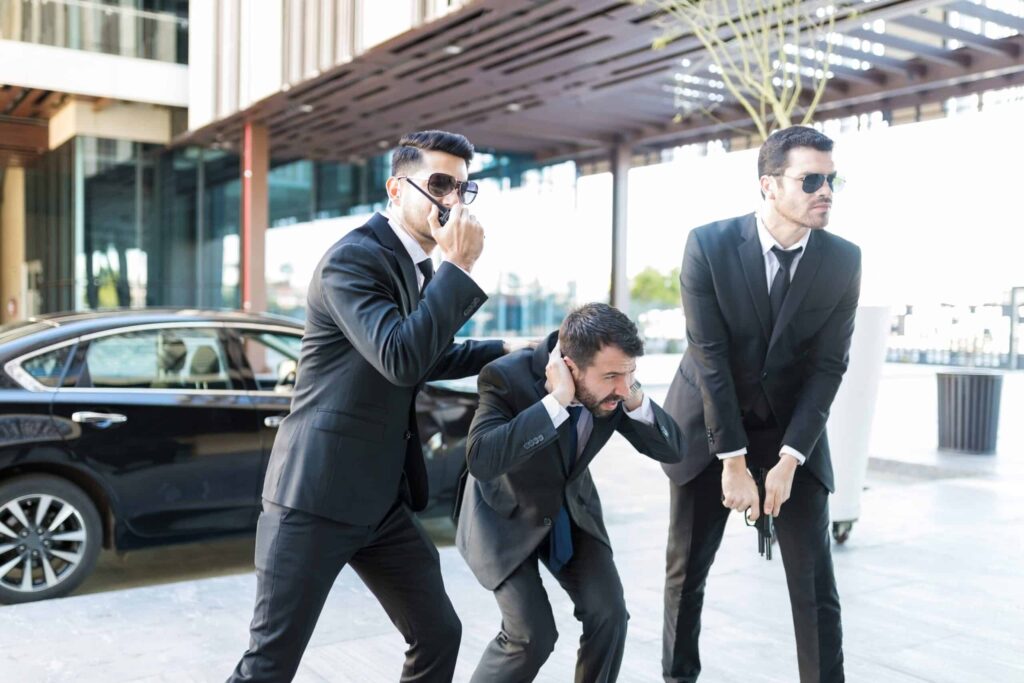
Success in professional defense relies not only on physical strength but also on clarity of communication. Tactical communication allows specialists to exchange precise information quickly while reducing confusion during intense moments. This approach supports better coordination among colleagues, ensuring smooth operations under stress. Developing such skills requires constant practice and refinement through guided instruction. Those who build confidence in communication often find themselves better prepared for challenges, and training with Pacific West Academy helps strengthen these qualities.
Building Clear Verbal Signals
Clear communication means reducing unnecessary language and using short words that colleagues can understand quickly. Teams that master concise speech avoid missteps during urgent operations. Training programs teach how to apply tone and timing effectively.
Coordinating Protective Teamwork
Every person in a protective role must understand their task to avoid overlap or gaps. Effective teamwork means distributing roles and reinforcing understanding before each operation. With executive protection the use of tactical signals enhances reliability during high pressure.
- Quick response with consistent hand motions during sudden alerts
- Maintaining silence while using coded gestures for urgent action
- Clear assignment of duties shared through short verbal phrases
- Calm use of posture showing readiness for sudden changes
- Controlled movement patterns ensuring unity among trained members
Practicing Nonverbal Methods
Nonverbal methods like gestures and eye contact help when speaking is not possible. These techniques allow quiet direction while staying unnoticed by outsiders. Professionals develop strong habits by repeating these actions until they become natural.
Enhancing Stress Control Skills
Stress often reduces focus and weakens decision-making if not managed. Effective communication helps stabilize a group by preventing uncertainty. Professional guidance from Pacific West Academy strengthens how individuals respond under pressure.
Applying Realistic Training Scenarios
Simulated scenarios allow specialists to test their communication skills under safe conditions. By practicing in structured situations, professionals identify weaknesses and adjust quickly. This process ensures a smooth transition to real executive protection environments where precision is required.
Strong communication is the silent structure that supports protective work at every stage. When professionals train themselves to combine verbal clarity with nonverbal accuracy, they reduce risks of errors. Teams that follow structured practice understand roles better and maintain order during urgent moments. Those who adopt lessons from guided programs strengthen their capacity to protect clients with calm assurance.
FAQs
How does communication help in executive protection?
It ensures tasks are clear while preventing errors during stressful conditions.
Why use nonverbal signals during protective duties?
They allow discreet instructions when talking aloud is not safe.
What role does training play in tactical communication?
Training builds habits that improve speed and accuracy in urgent work.
